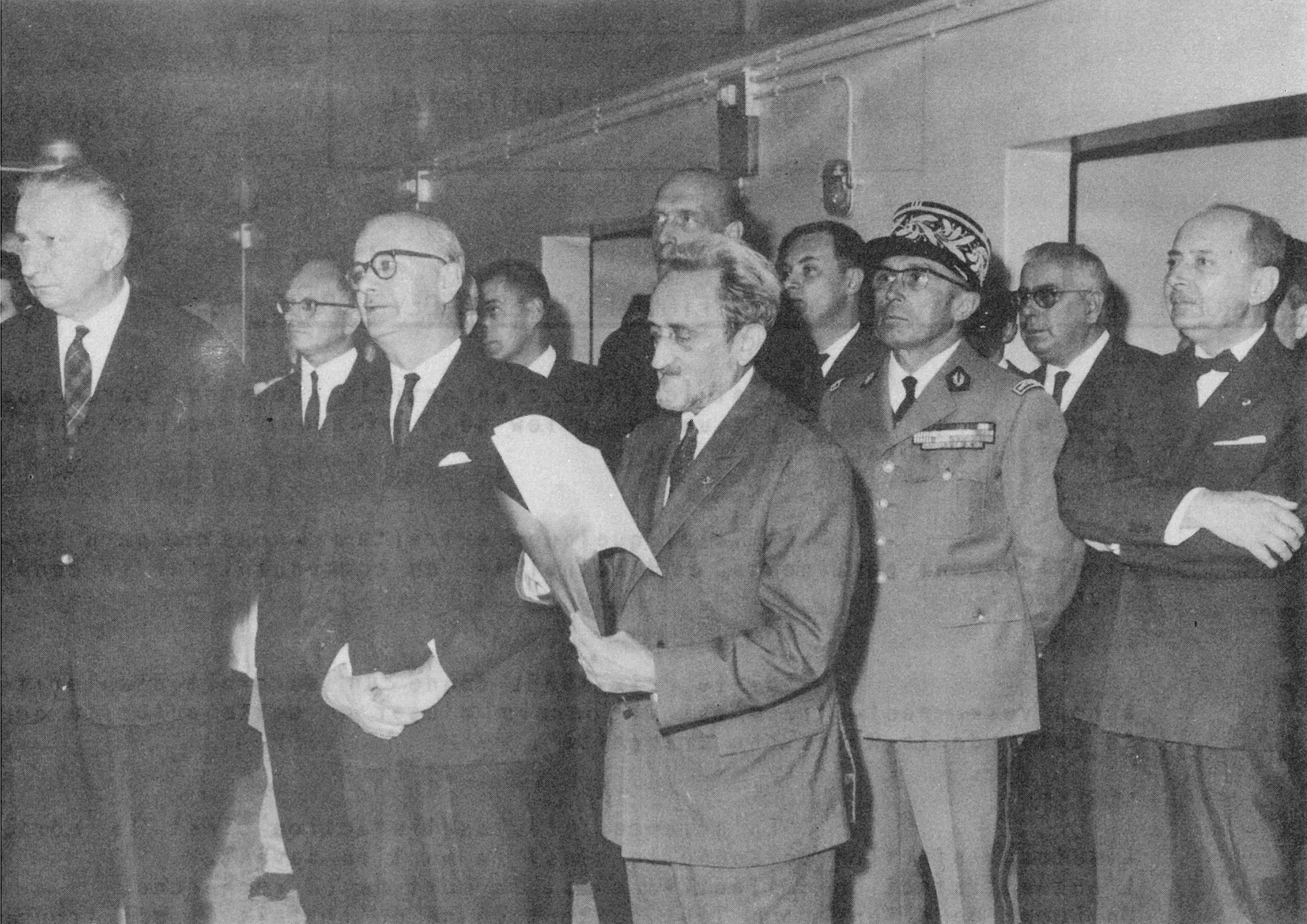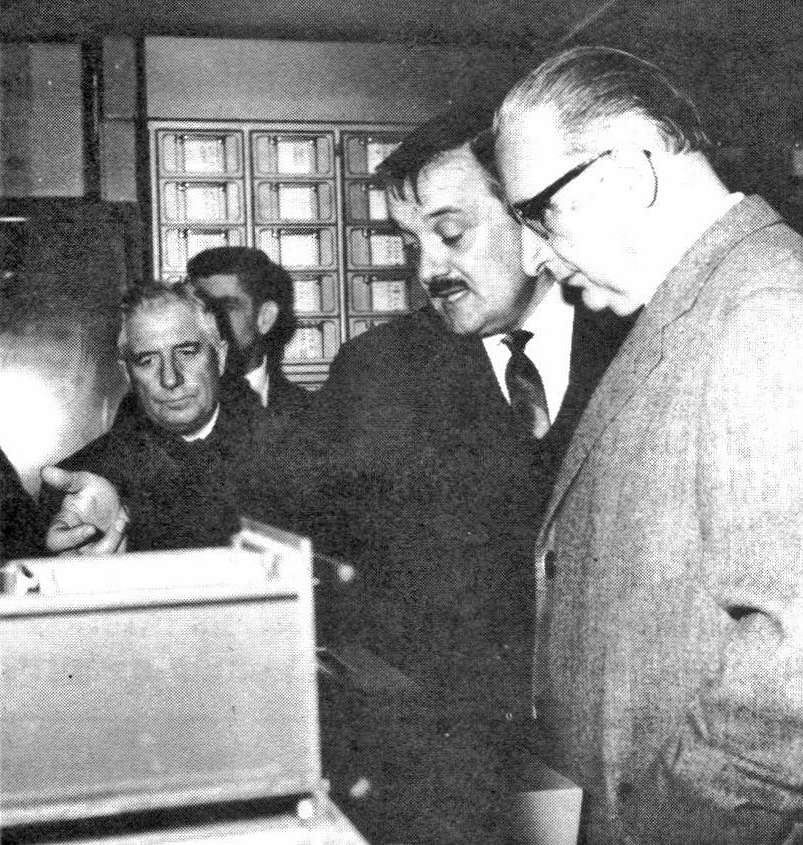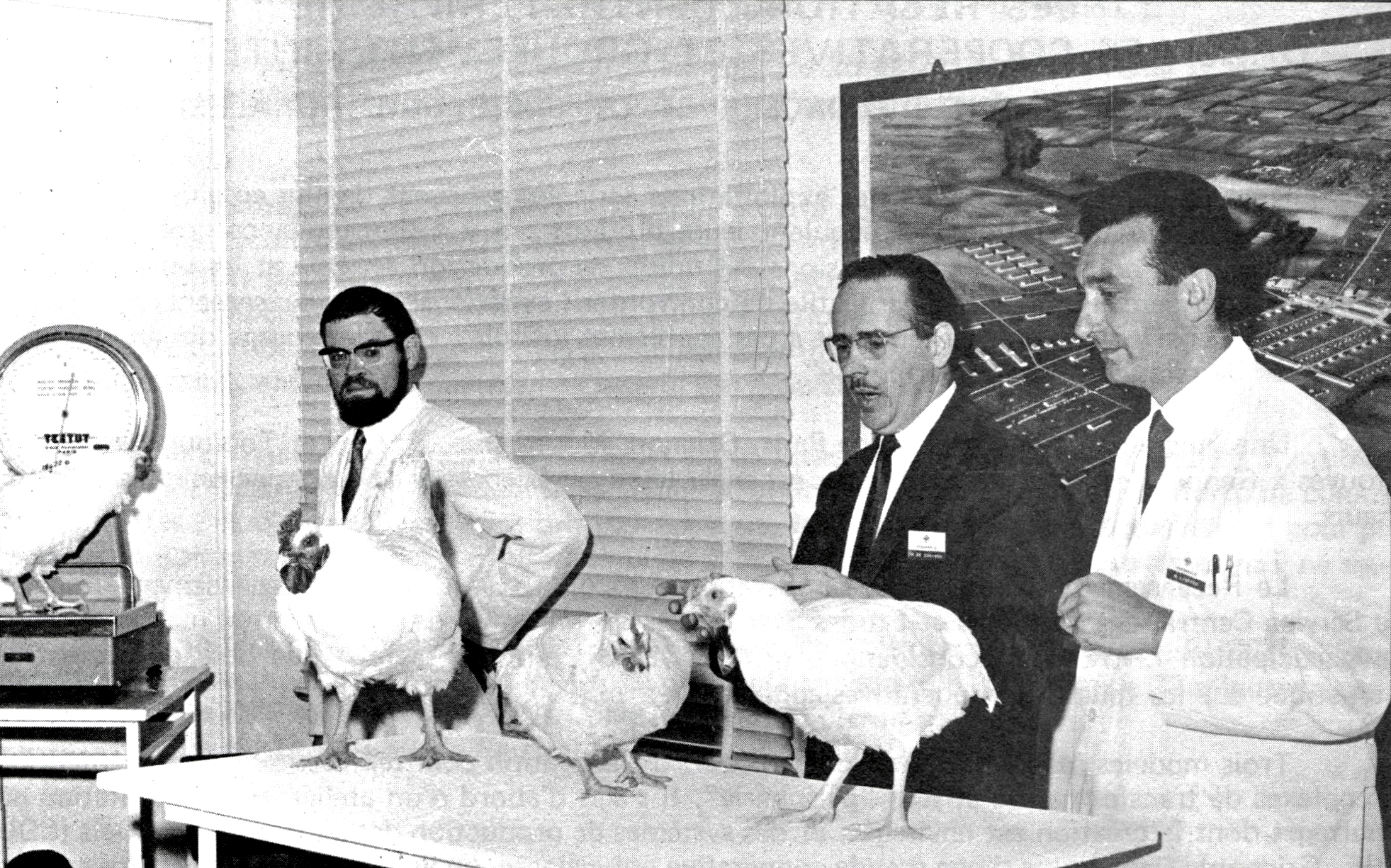At the service of agriculture: photography in the INRA Bulletin
INRA's Bulletin was published from 1962 to 1978, as part of the National Institute for Agricultural Research's internal communication. Photography appeared in the magazine in 1965, showing the people, places and research of the institute, which was mandated to bring progress to agriculture.

At the beginning of the 1960s, the National Institute for Agricultural Research (Inra) counts more than 3,000 employees scattered throughout the country. When it was founded in 1946, it had about 250. Raymond Février (1920-2021), Inspector General of Agricultural Research, wishes to implement communication initiatives aimed at the Institute's staff as well as its political, administrative and professional partners. The internal component of this communication, initially aimed at scientific executives, takes shape in 1962 with the first issue of the Inra Bulletin, which was published until 1978. In the editorial of the first issue, the director of INRA Henri Ferru (1905-2006), emphasises that this periodical is neither a scientific publication nor an administrative or official communication vehicle, but that it has to create links: "Our House is now large and dispersed. (...) From the "family" stage, where everyone knew everyone else, Inra has passed to an "industrial" stage where everyone else is unaware of everyone else".
The Inra Bulletin
The Inra Bulletin presents factual elements of Inra's institutional and scientific life. It announces or reports on scientific conferences and publications, and includes texts on specific topics (such as excerpts from debates in the National Assembly and feature articles). In addition to this informative function, the institute wishes to highlight its major orientations and milestones, in order to create a shared knowledge of the issues and achievements, a common vision of agricultural sciences and its goals, driving forces of a scientific and organisational culture that is unique to the institute.
The photographs in the INRA Bulletin constitute a captioned and contextualised collection of considerable value for the memory and history of Inra's researchers, the spaces they inhabit, the political and scientific alliances and the value of its research.

The first photograph appears in the INRA Bulletin in 1965 with this shot. Francis Perrin, High Commissioner for Atomic Energy, inaugurates the "laboratory-stable of applied radiobiology" in Jouy-en-Josas, in October 1965, with Jean Bustarret, Director General of Inra. Also known as the "atomic stable", the facility was built and equipped with the prestigious French Atomic Energy Commission (CEA). Bulletin de l’Inra n° 19, 1965. Photo credit: INRAE.
Introducing Inra's political companions
The use of photography, in a reportage style, gradually permeates the periodical. It embodies the research being carried out in its places and by its actors, as well as the scientific, professional and political alliances. For example: in 1965, Prime Minister Georges Pompidou visits the Inra centre in Jouy-en-Josas together with Michel Cointat, Director General of Production and Markets at the Ministry of Agriculture. The photographs of this visit are published a few years later, following Georges Pompidou's election to the Presidency of the Republic (1969), and then following Michel Cointat's appointment as Minister of Agriculture (1971).

Jacques Poly, an INRA geneticist, and Prime Minister Georges Pompidou at the INRA centre in Jouy-en-Josas in 1965. Bulletin de l’Inra n° 51, 1969 (photo taken in 1965). Photo credit: INRAE.

To the right of Georges Pompidou is Michel Cointat, while to the left of the President one can discern Edgard Pisani, Minister of Agriculture between August 1961 and January 1966. Bulletin de l’Inra n°62, 1971 (photo taken in 1965). Photo credit: INRAE.
Highlighting the results of research
In April 1968, journalists and personalities are invited to a press conference, the first of its kind organised by Inra, at the Magneraud poultry research station in Charente-Maritime. The cover of the Inra Bulletin No. 39 highlights the specificity of a new poultry strain presented that day, the "Vedette-Inra JV 15" hen. Its adult weight is about 30% lower than that of hens used for broiler production. Mated with a heavy rooster, the Vedette produces chicks that grow as fast as conventional strains. It saves on the cost of rearing the breeding hen and therefore reduces the cost of producing chicks that are sold at one day old. "This creation of Inra marks an important progress in poultry farming and was worth mentioning to the general public”, the periodical stated. This photographic presentation embodies the model of scientific and technical support for agricultural development. People, animals and land have undergone a real revolution, guided by a single watchword: productivity. Explicitly mandated to bring about progress in agriculture, the institute communicates through its photographs its pride in having succeeded in doing so, thus enabling French breeders to catch up with the American lead within a few years.

Bulletin de l’Inra n°39, 1968. Photo credit : INRAE.

Domaine du Magneraud, 24 April 1968, presentation of the Vedette hen by Pierre De Coninck. Bulletin de l’Inra n°39, 1968. Photo credit: INRAE.
Bibliographie
Maeght-Bournay, O. (2017). L’usage de la photographie dans les publications de l’Inra : des regards pour l’histoire, in Archorales « Producteurs d’images », 18, p. 18-31.
Cornu, P., Valceschini, E., Maeght-Bournay, O. (2018). L’histoire de l’Inra. Entre science et politique, Éditions Quae, 464 p.
Text written by Odile Maeght (INRAE).
How to cite: Agate Focus: At the service of agriculture: photography in the INRA Bulletin, Odile Maeght (INRAE), april 2023, https://agate.inrae.fr/agate/en/content/highlights



